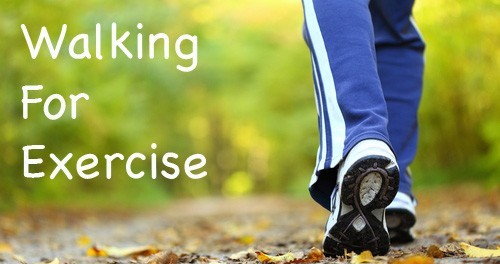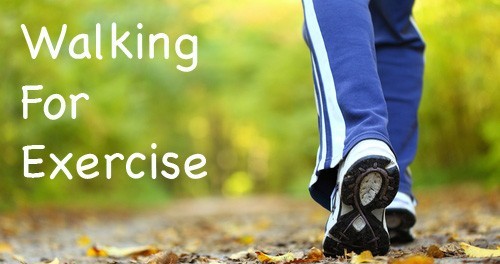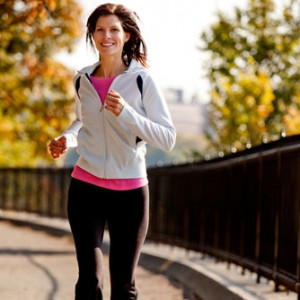Walk Talk Series
Walk Talk Series Day 46 – Prevent Chafing and Sport Bra Tips
Affirmation of the Day
After each deep cleansing breath I release negative thoughts and sadness. With each following up-breath I accept positive thoughts and happiness to fill the totality of my body and spirit. I am filled with optimism and happiness.
Today on your walk open your ears and find 3 nature sounds. Bird calls, wind in the trees, insect noises, running water. Even in the city you may find whispers of nature.
Today’s Walk Health/Recovery Walk:
- 40-75 minute walk in the healthy heart zone 50-60% of your maximum heart rate
- Warm up with 5 minutes at a very easy pace
- Find a safe spot with a wall or pole to do a 5 minute easy stretching routine
- Now resume your walk at a comfortable pace
- End with 5 minutes of gentle stretching (See Stretching Instructions in Walk Talk Section)
Chafing: Sensitive Subjects for Walkers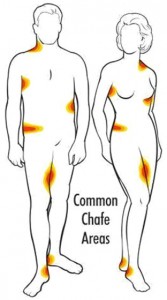
Cause: Chafing is caused by sweating and rubbing. While chafing is a common problem if you carry extra weight, in fact even the skinniest walkers, runners, and cyclists experience the same problem. Chafing can occur anywhere. But the biggest problem ares are usually the groin, thighs, underarms and nipples.
Prevention: Prevention of chafing falls into four categories: staying hydrated, staying dry, using a lubricant, and wearing appropriate clothing.
Hydration: Drink water before, during, and after your walk. Or a sport drink if you will be exercising for more then an hour. This will allow you to perspire freely so the perspiration doesn’t dry into salt crystals which will enhance the chafing.
Staying Dry: Go light on the deodorant stick as that can make you stickier. Use talcum powder, cornstarch or potato starch to stay dry. If this method doesn’t work, it is time to progress to using a 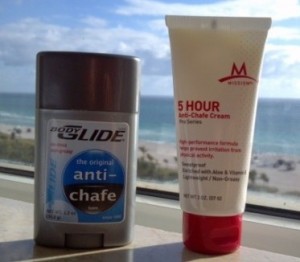 lubricant.
lubricant.
Lubrication: Walkers used all kinds of lubricants to keep the skin areas sliding past each other instead of rubbing raw. Petroleum jelly, bag balm and udder cream are the longtime favorites. Products such as Body Glide, Runners Lube and Sports Slick go on like a deodorant stick and are petroleum-free and non-staining. They can also be used on your feet and toes where you are prone to blister to prevent blisters.
Clothing: Loose clothes may feel good on the trail, but to prevent chafing you need a snug fit. Bike shorts are designed to give a skin tight fit that will prevent chafing and are excellent if your trouble is in the lower body or thigh area. For the upper body, polypropylene or Lycra tops that fit skin tight will do the trick.
Treatment: Once you are chafed, treat the area like an open wound. Wash and clean with antiseptic to prevent infection and cover with a sterile gauze pad that allows the area to breathe until it is healed.
Sports Bra Problems: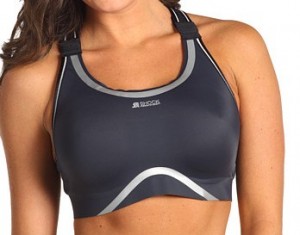
Women of all sizes struggle to be comfortable while walking or jogging. Whether the problem is support, chafing, or slipping straps, using the right bra is the key to the solution.
Average Bra Problem When Walking
1. Strap attack: Straps that don’t stay on the shoulders when you are in motion. Straps that don’t work well with your backpack, resulting in double-rubbing.
Solution: Most manufacturers offer T-back or racer-back designs that keep the straps from slipping off the shoulders. Wider straps can help distribute the weight, resulting in less digging-in.
2. Staying hooked: Motion can cause hooks to unhook, especially if wearing a backpack with a back-hooking bra.
Solution: racer-back bras without hooks, they just slip on over the head. Or front hook Racer-back style.
3. Moisture control: All-cotton bras are sweat mops. Many sports bras/tops designed for aerobic workouts are mostly cotton.
Solution: look for a wicking fabric such as CoolMax or polypropylene in a sports bra.
4. Appearance: You may want a sports bra that can be worn as your only top in public rather than one which says “underwear.” This gives you the versatility to take your shirt off if you overheat.
Solution: sports bras come in a variety of colors and patterns. Check for whether the fabric is opaque even when wet and if the fabric pattern or texture hides the nipples enough for your personal modesty.
5. Chafing: Where there is sweat and motion, there is chafing. A sports bra can prevent chafing by reducing the rubbing.
Solution: Some sports bras put the seams on the outside to prevent chafing. Some longer styles that are bra-tops cover a larger area and lay flat against the skin.
6. Support: Many women require a well-constructed, underwire bra even when on the trail. Light spandex tops are not enough.
Solution: Look for a style that has covered underwires with cool max. Make sure the bra fits well to prevent poking and digging.
Which bra and style a woman chooses depends on which problems she needs to solve. The worst problem is among those of larger cup size trying to find a bra that supports and controls motion without too much constriction.
For the smaller-breasted woman, the constriction of the average cotton/spandex sports bra can produce an unflattering rather than flattering results. Comfort vs. appearance can be a real tradeoff. Some exercise tops are now coming with Wonderbra-like inserts and underwires to provide more shape.
Women who have had mastectomies have special needs. Whether to wear a prosthesis, especially to provide balance, is a consideration, as well as choosing a sports bra that will accommodate the prosthesis.
Whatever sports bra you choose, be sure to buy enough to allow for laundry without interrupting your walking routine.

